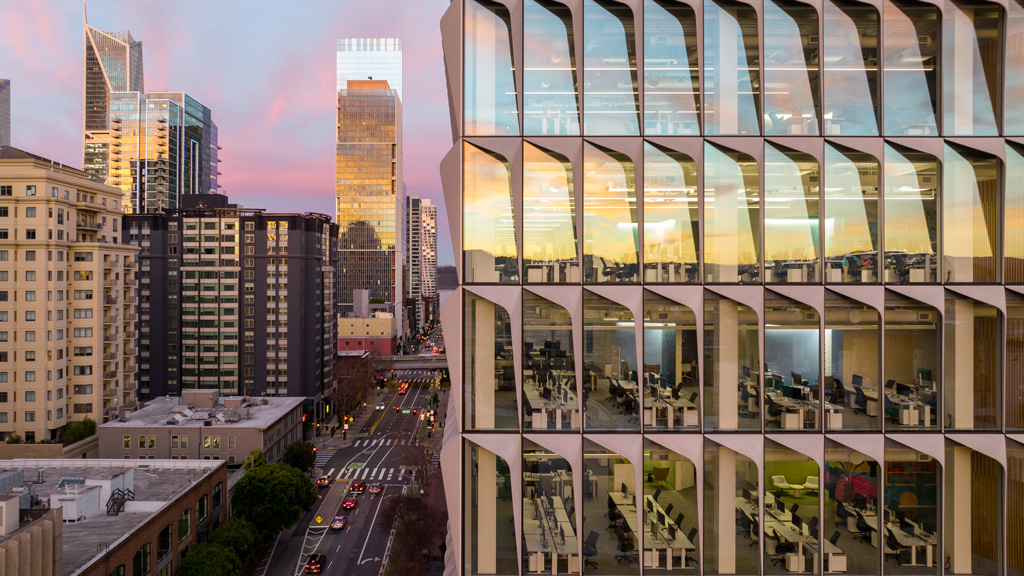No Single Solution Will Save Cities. Three Just Might.
February 08, 2023 | By Andy Cohen
Editor's Note: this piece was originally published on LinkedIn.
By focusing on the interconnected issues of reimagined workplaces, attainable housing, and safe and accessible transportation, we can help cities reach vibrant new heights.
Many believe that cities are in trouble. They might be right. In the last three years, urban centers have been hammered by an unprecedented series of connected, compounding crises—from existential threats like the pandemic and climate change, to complex issues of safety, equity, and affordability. Top that off with global economic uncertainty, and these overlapping concerns can feel almost insurmountable. There is no simple solution to these urban challenges, but by focusing on three interconnected solutions—reimagined workplaces, attainable housing, and safe and accessible transportation—we can move the needle toward a brighter future.
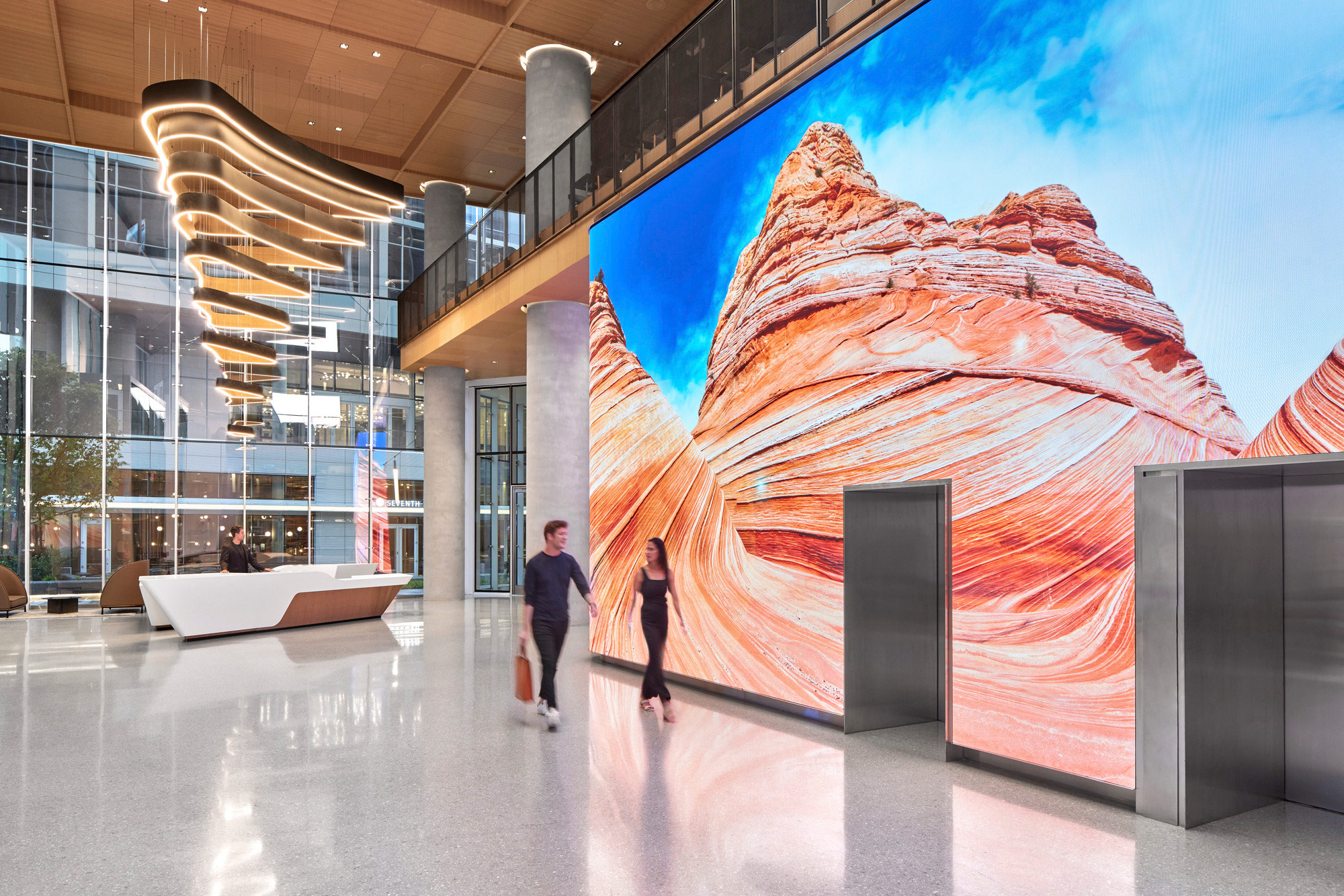
Offices that Work for the Worker
The pandemic challenged assumptions, changed peoples’ priorities, and unlocked new ways of working. Most of all, it underscored the value of human interaction, and the way that space is critical to shaping experience.
Together, these facts mean that the needs of workers and the very nature of work has changed. If people are to come to the office, they’re coming because it’s a destination, not an obligation. They’re coming for the experiences that they can’t have anywhere else, through state-of-the-art technology, compelling amenities, and people-centered design.
“Having less access to work resources and feeling less connected to company culture ranked among the top disadvantages of hybrid work,” Taylor Telford reported in the Washington Post last fall, prompting many companies to revamp their offices and place greater focus on shared space and team building. The Gensler Research Institute’s Workplace Survey supports this idea, while also revealing that people prefer the office for deep focus work.
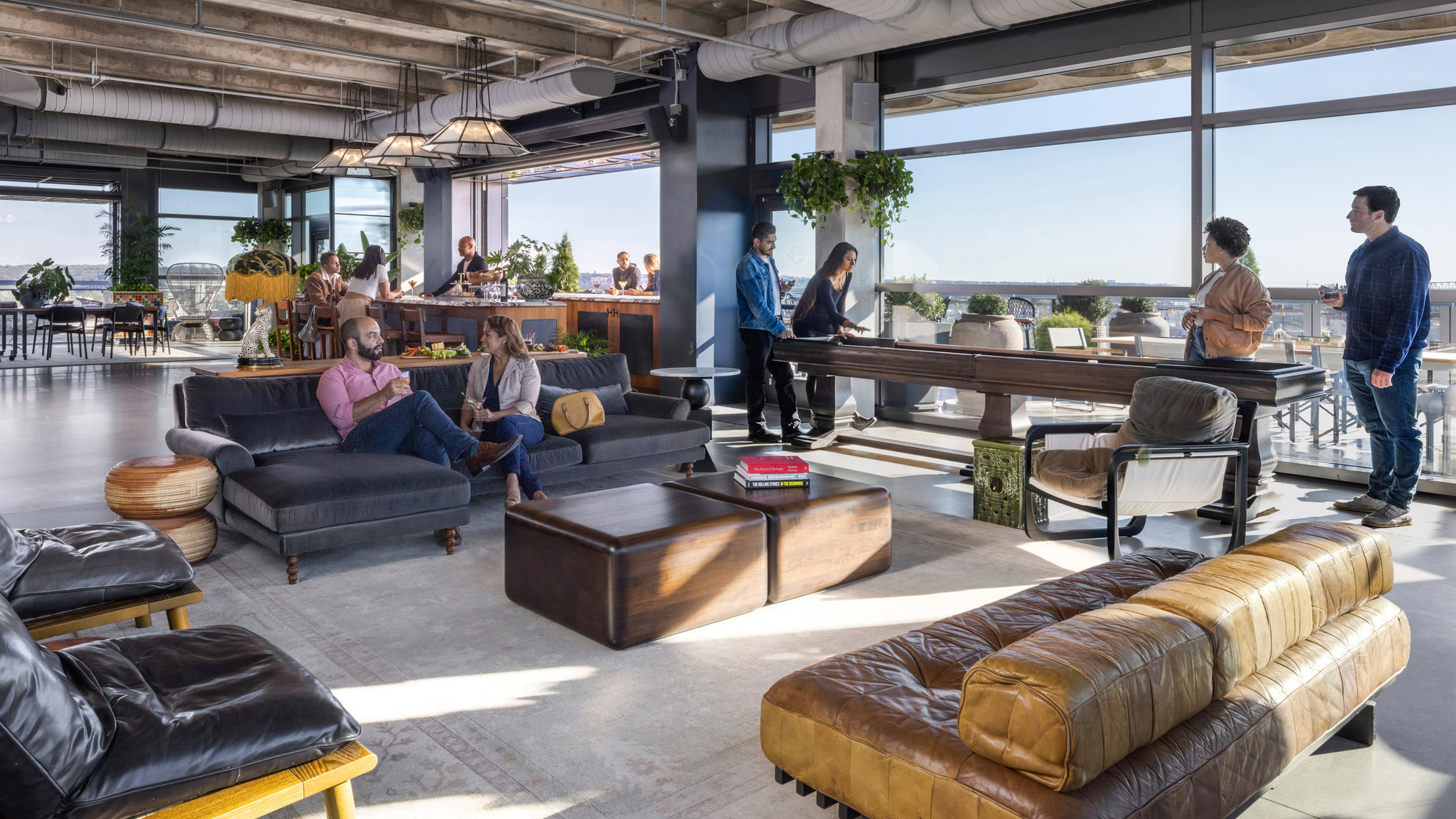
So how can workplace design support this? By creating choice in environment. The workplace should be flexible, agile, and adaptable to the changing needs of workers, with a variety of spaces suited to different tasks. From small, 2-3 person conference rooms with integrated technology for seamless hybrid collaboration, to living room–like “neighborhood” areas, where teams can gather to ideate, socialize, or comfortably engage in independent work, the well-designed office can give people the autonomy and support they need to do their best work.
More Housing, Within Reach
Shortage, slump, or crisis: however you label it, the fact is there’s not enough housing available to meet demand in the United States. And what is available, as Lane Brown recently reported for Curbed, is often out of reach for middle class Americans. Meanwhile, there’s nearly one billion square feet of available office real estate in this United States, at a time when interest in older, lower quality space is waning, and some companies—particularly in the tech sector—are cutting staff and reassessing real estate needs. “That leaves millions of square feet in lower-class spaces, often constructed before the 1980s, that is likely to sit empty,” Emma Goldberg wrote in the New York Times. So what if we could solve one problem with the other?
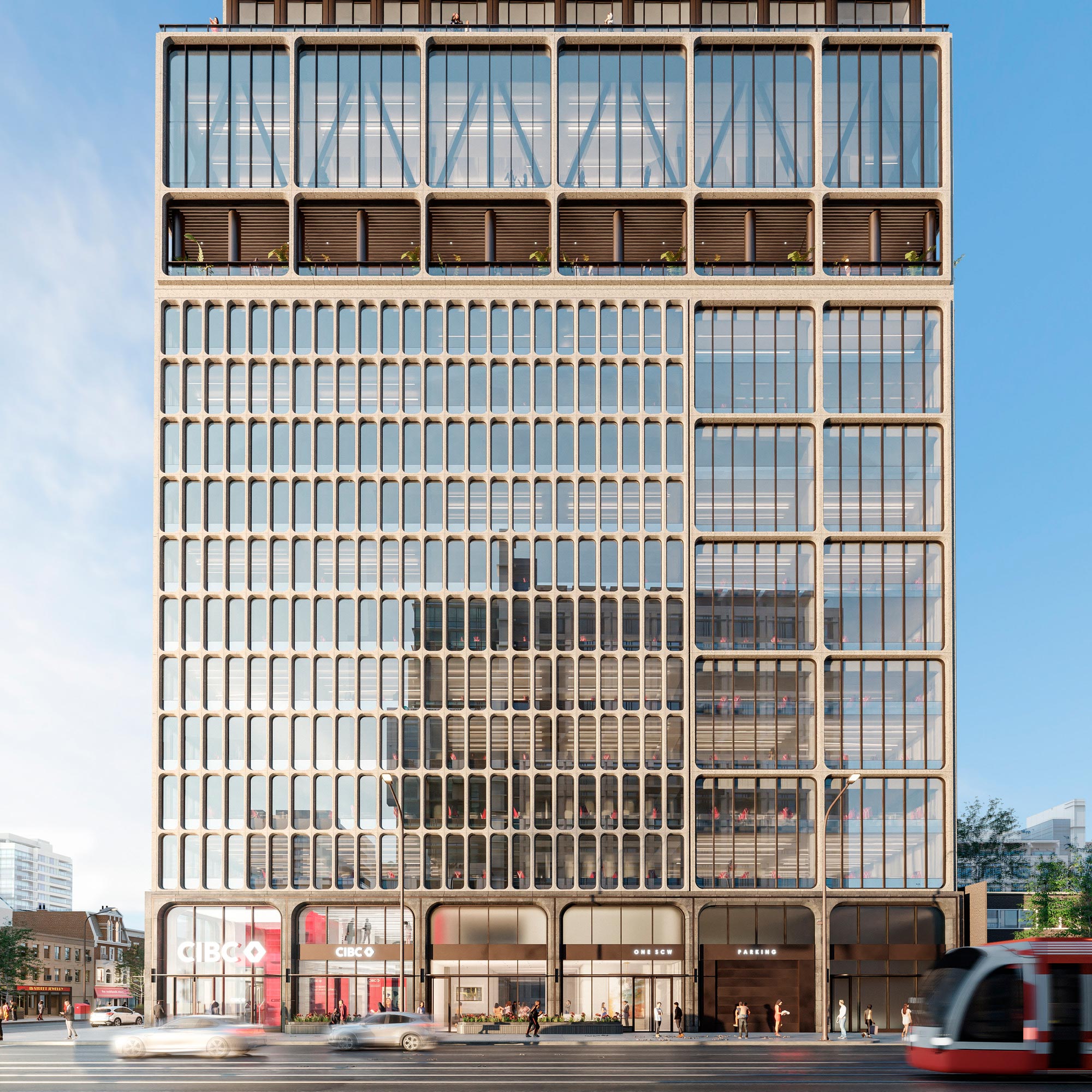
Central business districts are exploring ways to convert aged office buildings into new uses. Office-to-residential conversion could be a way to repopulate our downtowns, while also allowing for a broader mix of people and new degree of vibrancy. At the World Economic Forum in Davos last month, a panel of property executives agreed: “cities that have lost their Monday-to-Friday buzz could be reinvigorated if public authorities are willing to provide financial support in the conversion of underutilized offices to homes, since repurposing existing buildings can be very costly.” Not all buildings are right for conversion, but with tools like Gensler’s office to residential conversion calculator, we can quickly assess which properties are worth the effort by reviewing factors such as building form, location, floor plate size.
Safe, Appealing Transit
Reimagined offices and attainable housing options are critical factors, but there’s one other connecting factor needed to truly revitalize cities: mobility. The future of urban life—from how cities are planned and built, to how sustainable our metropolitan areas can become—will be affected by how people navigate the places where they live, work, and play.
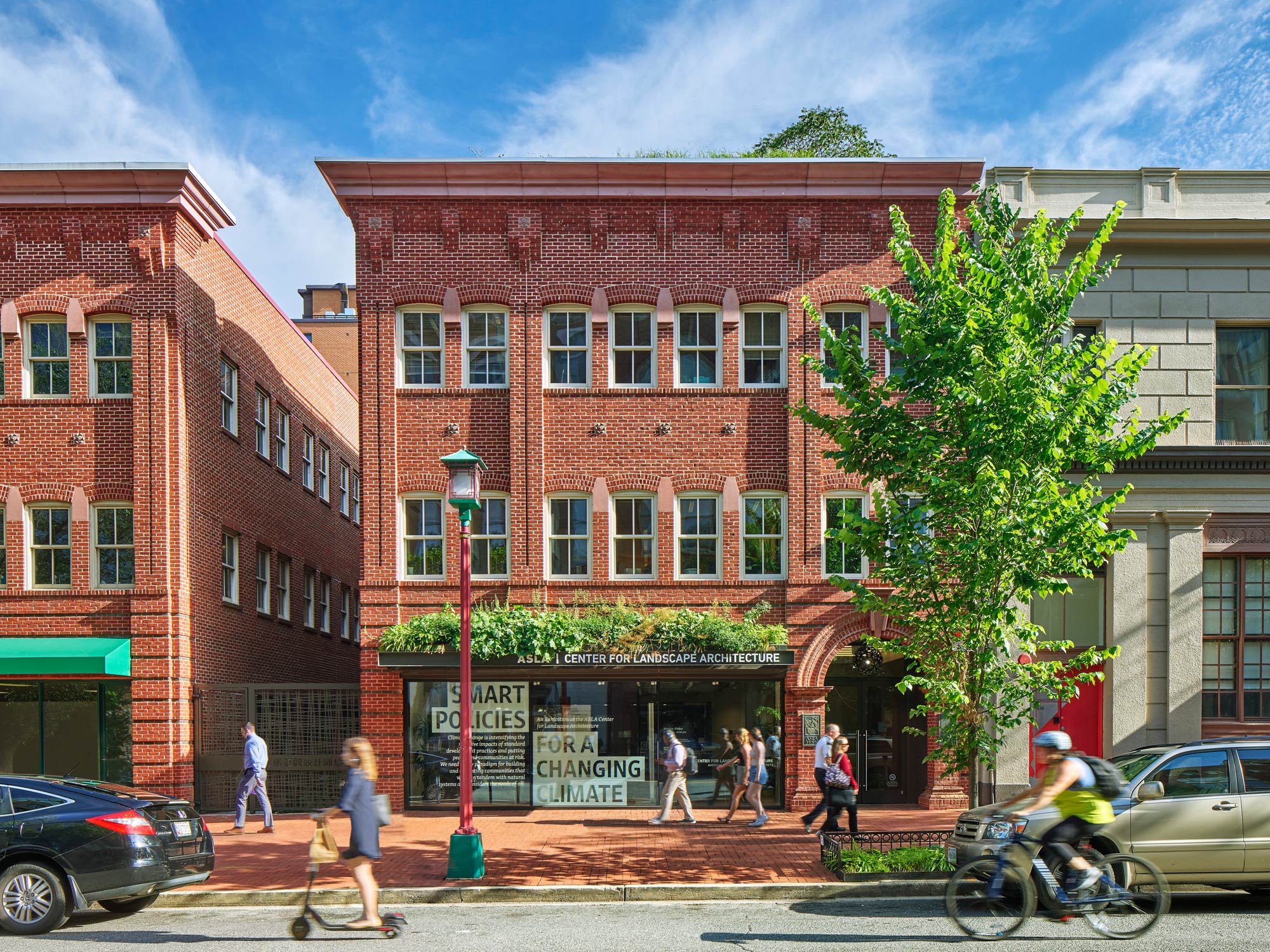
When it comes to mobility, our data shows that city dwellers prioritize convenience, affordability, travel time, and travel distance. Cities must provide the infrastructure—adequate electric vehicle charging stations, for instance—that allows sustainable transport to seamlessly integrate into the urban fabric. And some are already making permanent changes to support new modes of transportation, such as micromobility. Tel Aviv, for example, plans to double bike paths in the city by 2025, to cover more than 200 miles—a move that will address traffic, pollution, and convenience at once. Even the private sector is seeing the benefits of embracing micromobility. “Companies seeking to retain and attract talent have also moved to accommodate the changing modes of transportation,” Gwen Ackerman reported last year in Bloomberg, with industry leaders like SAP and Microsoft adding shower facilities and bike storage rooms, and even investing in their own fleets of electronic scooters.
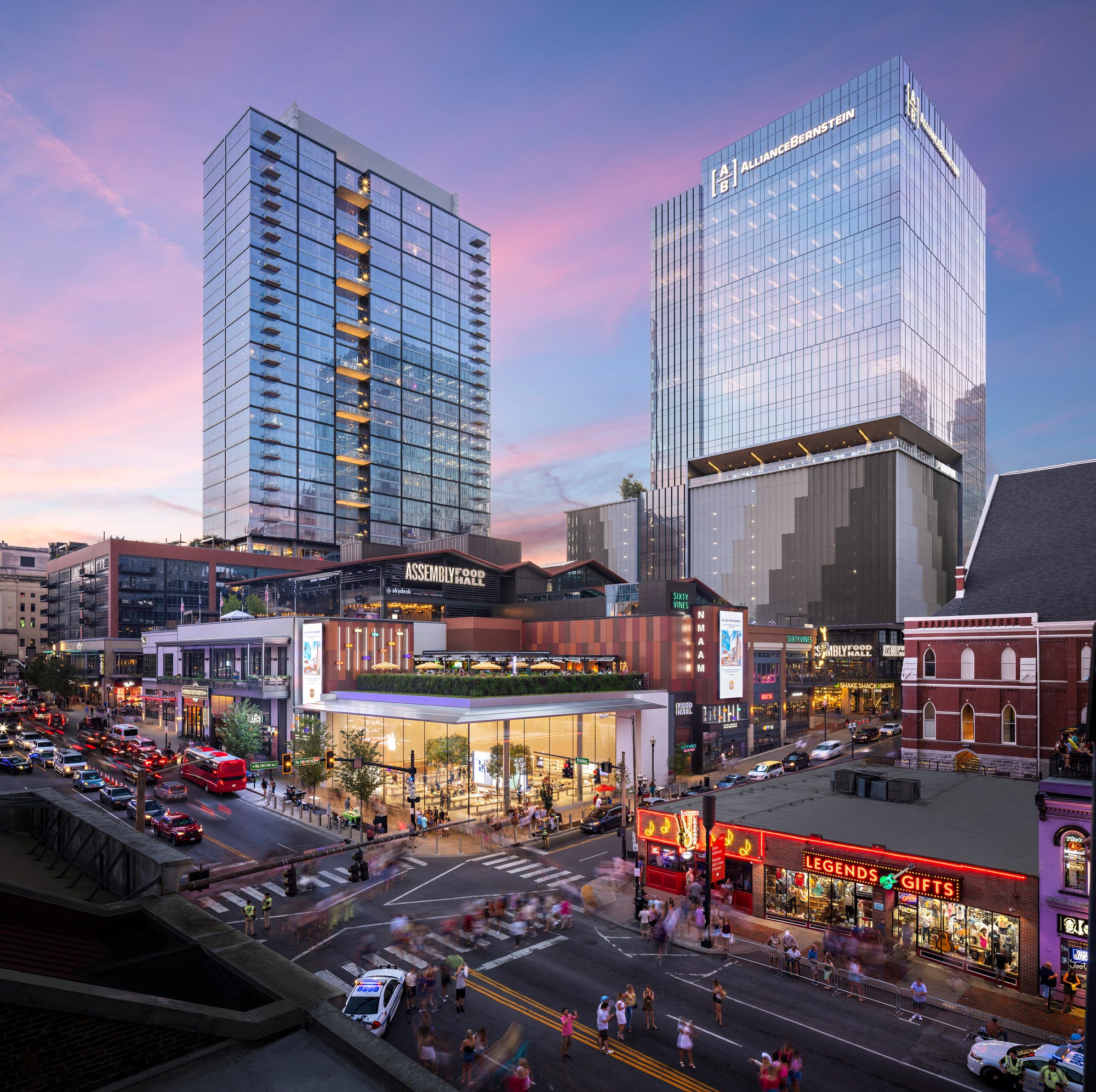
Public transit suffered significant losses during the pandemic, both in terms of revenue and ridership. “The more you lose a ridership base, the more difficult it becomes to maintain a level of service that people are used to,” said P.S. Sriraj, director of the Urban Transportation Center at the University of Illinois, Chicago, told the Wall Street Journal. “It’s becoming a vicious cycle.” Data from Gensler’s latest City Pulse Survey explored this topic in depth, finding that while people aren’t ready to leave public transit behind, a lack and safety and comfort—both within the transit system and the city itself—discourages riders from returning to public rails, trains, and buses. People do want a better transit experience, and many are willing to pay more for it. Cities that prioritize measures to improve the safety and comfort of passengers can close the ridership gap, ultimately strengthening public transit, which remains the backbone of urban life.
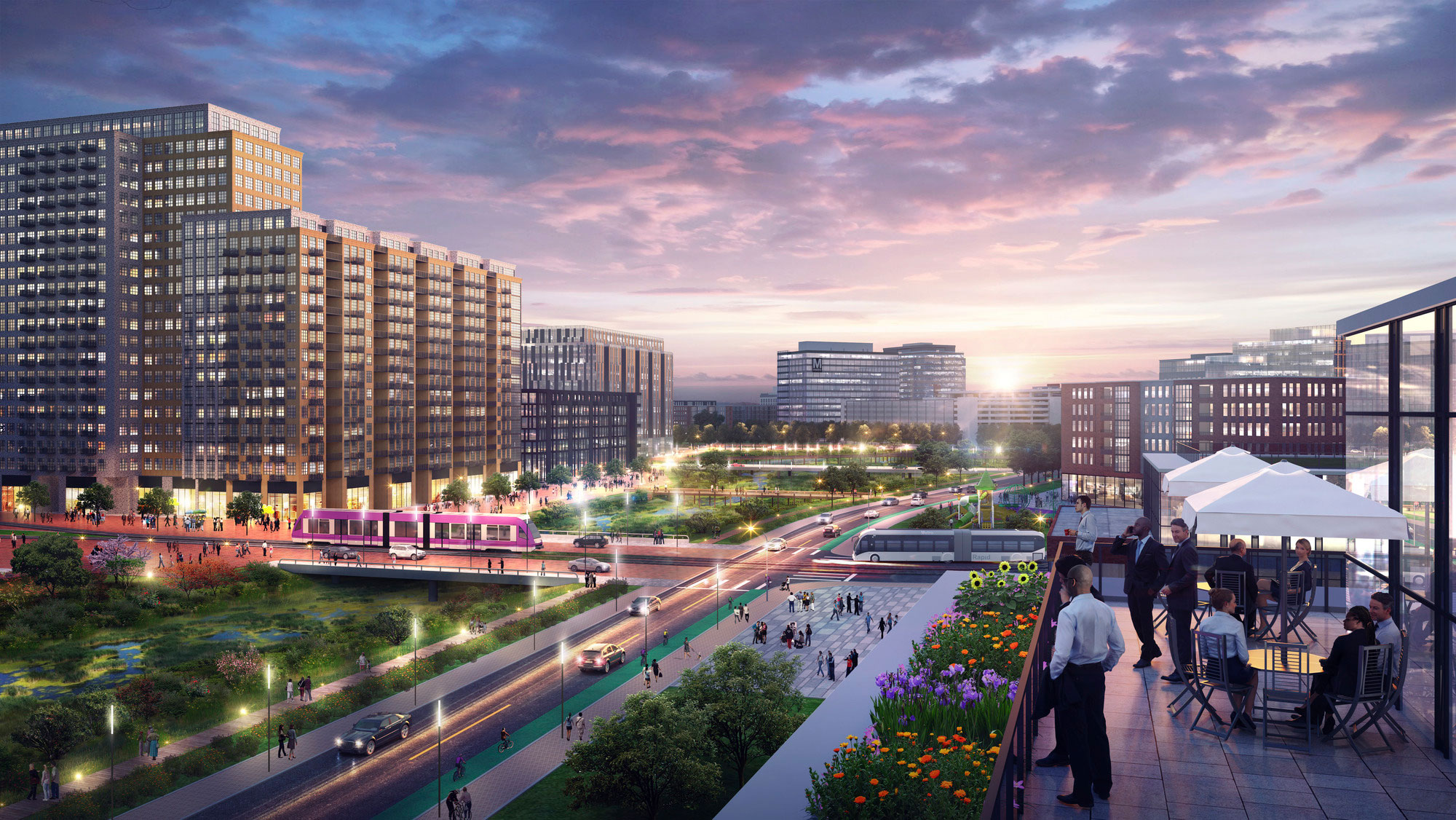
These are transformative times. By focusing our efforts on design solutions that address these three critical issues facing our cities, we can and will make a positive impact on this radically changing world.
For media inquiries, email .
